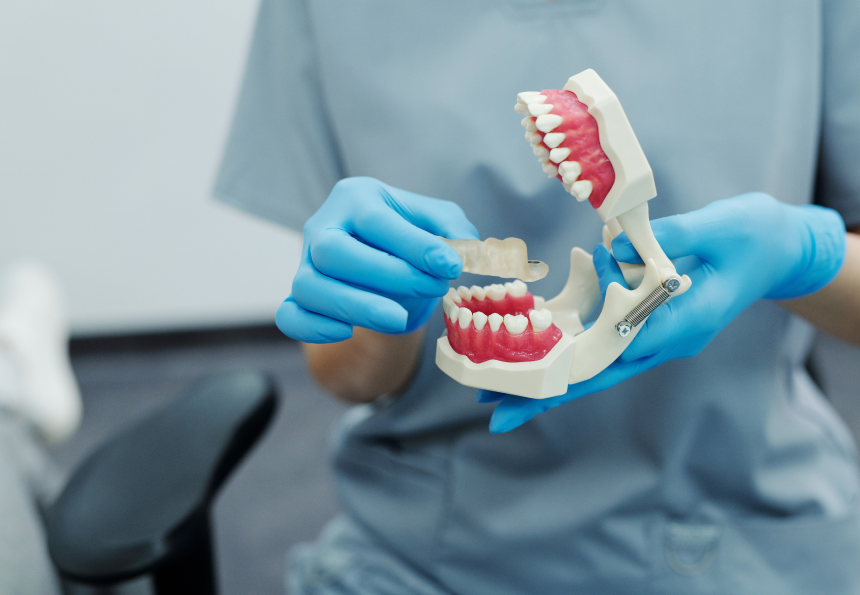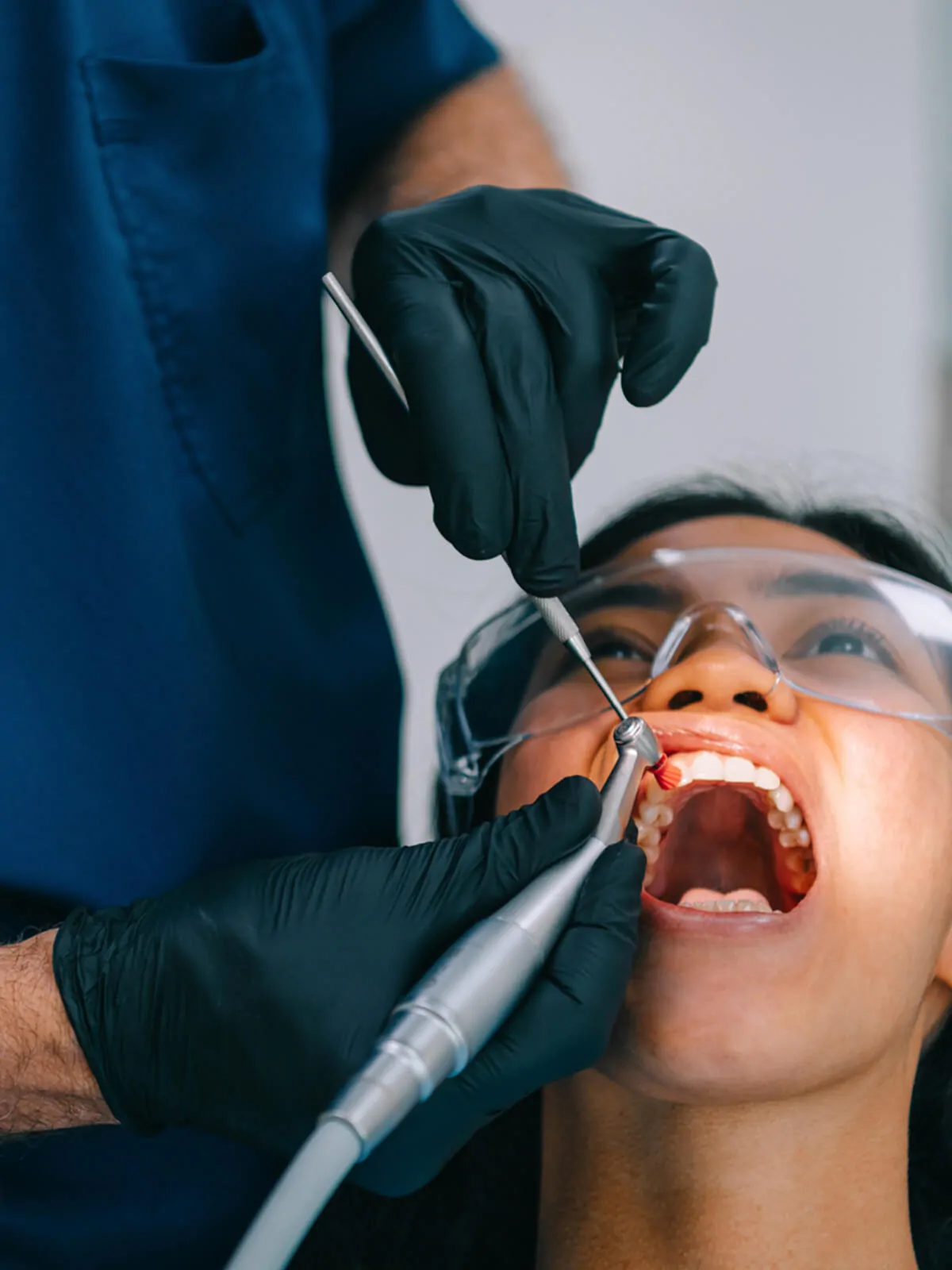Discover the Top Dentist Eugene Oregon Residents Trust for Exceptional Treatment
Discover the Top Dentist Eugene Oregon Residents Trust for Exceptional Treatment
Blog Article
Learn Regarding Constant Dental Issues Your Dentist Can Resolve
Understanding regular dental worries is critical for preserving ideal dental health. Concerns such as cavities, gum disease, tooth level of sensitivity, negative breath, and tooth degeneration are typical yet typically forgotten up until they become extreme. Regular dental sees and individualized treatment plans can resolve these problems efficiently, making sure a much healthier and brighter smile.
Cavities
Dental caries, also referred to as tooth decays, are a widespread oral wellness problem triggered by the demineralization of tooth enamel due to acid manufacturing from microbial plaque. This process starts when bacteria in the mouth metabolize sugars and starches from food, creating acids that erode the enamel. Otherwise attended to without delay, this erosion can pass through deeper right into the tooth, influencing the dentin and at some point the pulp, potentially bring about extreme discomfort and infection.
The onset of cavity development typically present as white spots on the tooth surface, showing preliminary demineralization. As the process proceeds, these places can turn into black or brownish lesions, signifying extra extensive degeneration. Routine oral examinations are vital for very early detection, as dental caries in their nascent stages can be treated with remineralization techniques, such as fluoride treatments.
Once a tooth cavity has developed, corrective intervention is needed. Dental practitioners usually remove the decayed section of the tooth and fill the tooth cavity with materials such as composite material, amalgam, or ceramic. In more severe situations, a crown or origin canal therapy may be required. Safety nets, including excellent oral hygiene techniques and nutritional alterations, play a crucial duty in minimizing the threat of dental caries.
Gum Disease
While tooth cavities stand for a substantial problem for oral health, another critical problem that demands interest is periodontal condition. Additionally referred to as periodontal disease, gum tissue condition is an inflammatory condition influencing the tissues surrounding and sustaining the teeth. It is largely brought on by the build-up of plaque-- a sticky film of bacteria that develops on teeth.
Gum tissue disease progresses through stages, starting with gingivitis, defined by redness, swelling, and bleeding gums (eugene dentist). If left without treatment, gingivitis can escalate to periodontitis, where the internal layer of the periodontal and bone draw away from the teeth, developing pockets that become infected. Over time, the contaminants generated by the microorganisms damage down the bone and connective cells that hold teeth in position, potentially resulting in tooth loss
Very early detection and therapy are essential. Expert oral cleansings and enhanced dental hygiene practices, such as cleaning two times day-to-day and flossing, can take care of gingivitis. For advanced stages, therapies may include scaling and origin planing, antibiotics, or even surgical treatments.
Routine oral exams play a critical duty in taking care of and protecting against periodontal disease. Dental practitioners can identify very early signs and suggest suitable interventions, making sure the upkeep of healthy and balanced periodontals and total dental health.
Tooth Level Of Sensitivity
Tooth level of sensitivity impacts countless individuals worldwide, presenting a common yet frequently traumatic oral issue. This condition develops when the enamel, the outer safety layer of the teeth, is compromised, exposing the underlying dentin. The dentin has tiny tubules that lead directly to the oral pulp, where nerves live. When revealed to stimulations such as warm, chilly, sweet, or acidic materials, these nerves are set off, triggering sharp discomfort or discomfort.
A number of variables contribute to enamel disintegration and succeeding tooth level of sensitivity, including aggressive brushing, acidic foods and drinks, gum economic downturn, and bruxism (teeth grinding) In addition, dental procedures such as teeth bleaching can briefly heighten level of sensitivity.
Halitosis
Another widespread oral problem that impacts people' day-to-day lives is bad breath, medically termed halitosis. Bad breath commonly originates from poor oral hygiene, which enables food bits to stay in the mouth, promoting microbial development.

Dental practitioners play a crucial role in diagnosing and treating bad breath. They can recognize the origin reason via a thorough evaluation and give customized recommendations and therapy plans. Suggestions might include boosting oral hygiene methods, such as regular brushing and flossing, making use of antibacterial mouth washes, remaining hydrated, and dealing with any kind of dental concerns. In some instances, a recommendation to a specialist may be necessary to deal with underlying illness adding to foul breath. Efficient administration of halitosis not only improves oral wellness but additionally dramatically improves top quality of life.
Tooth Decay

Stopping tooth degeneration involves a combination of good oral hygiene methods and normal oral exams. Brushing teeth at the very least twice daily with fluoride toothpaste, flossing to eliminate plaque between teeth, and limiting the intake of sugary foods and drinks are necessary safety nets. Fluoride treatments, dental sealants, and professional cleanings provided by a dental expert can likewise play a substantial duty in strengthening enamel and stopping degeneration.
When dental caries takes place, very early treatment is crucial. Dentists can get rid of corroded cells and bring back the tooth with dental fillings made from materials such as composite resin, amalgam, or porcelain. In more advanced cases, therapies like crowns, origin canals, or removals might be needed. By attending to dental caries quickly, dental experts aid maintain dental structure and function, making certain lasting dental health and wellness.
Verdict
Attending to typical oral worries such as dental caries, gum tissue condition, tooth sensitivity, halitosis, and dental cavity is crucial for preserving optimum dental health and wellness and total wellness. Dental professionals have the know-how to diagnose and deal with these issues successfully, ensuring tailored take care of each client. Normal preventive procedures and oral examinations are necessary in recognizing and managing these problems early, advertising a healthier and more positive smile over a lifetime.

Tooth degeneration, likewise recognized as oral caries, occurs when the enamel, the outer pop over to these guys layer of the tooth, is deteriorated by acids produced by germs in the mouth. Brushing teeth at the very least two times daily with fluoride tooth paste, flossing to eliminate plaque in between teeth, and restricting the intake of sugary foods and beverages are necessary preventative steps.Dealing with usual dental concerns such as dental caries, periodontal illness, tooth level of sensitivity, bad breath, and tooth degeneration is essential for preserving optimum oral wellness and you can find out more overall health.
Report this page